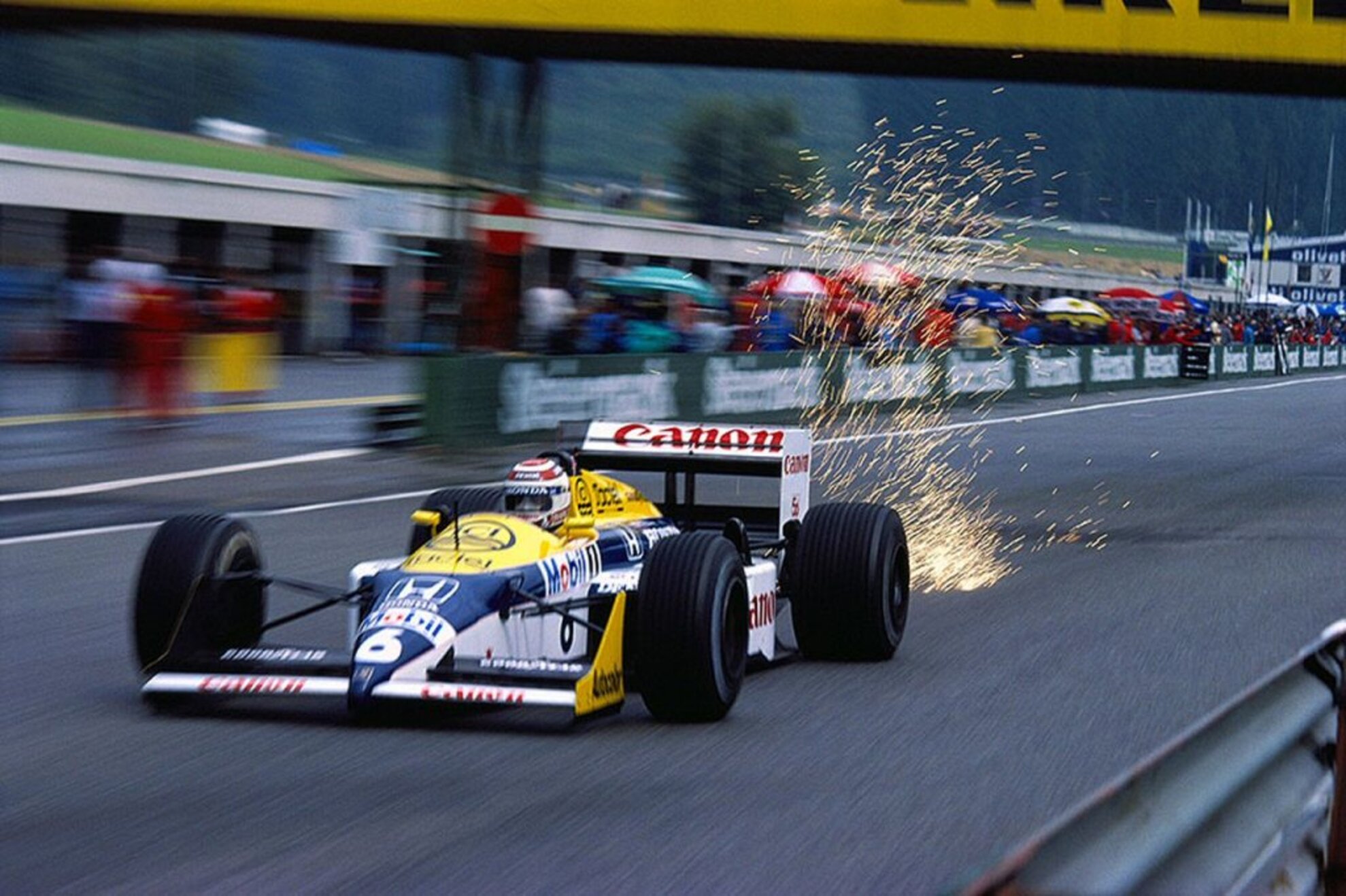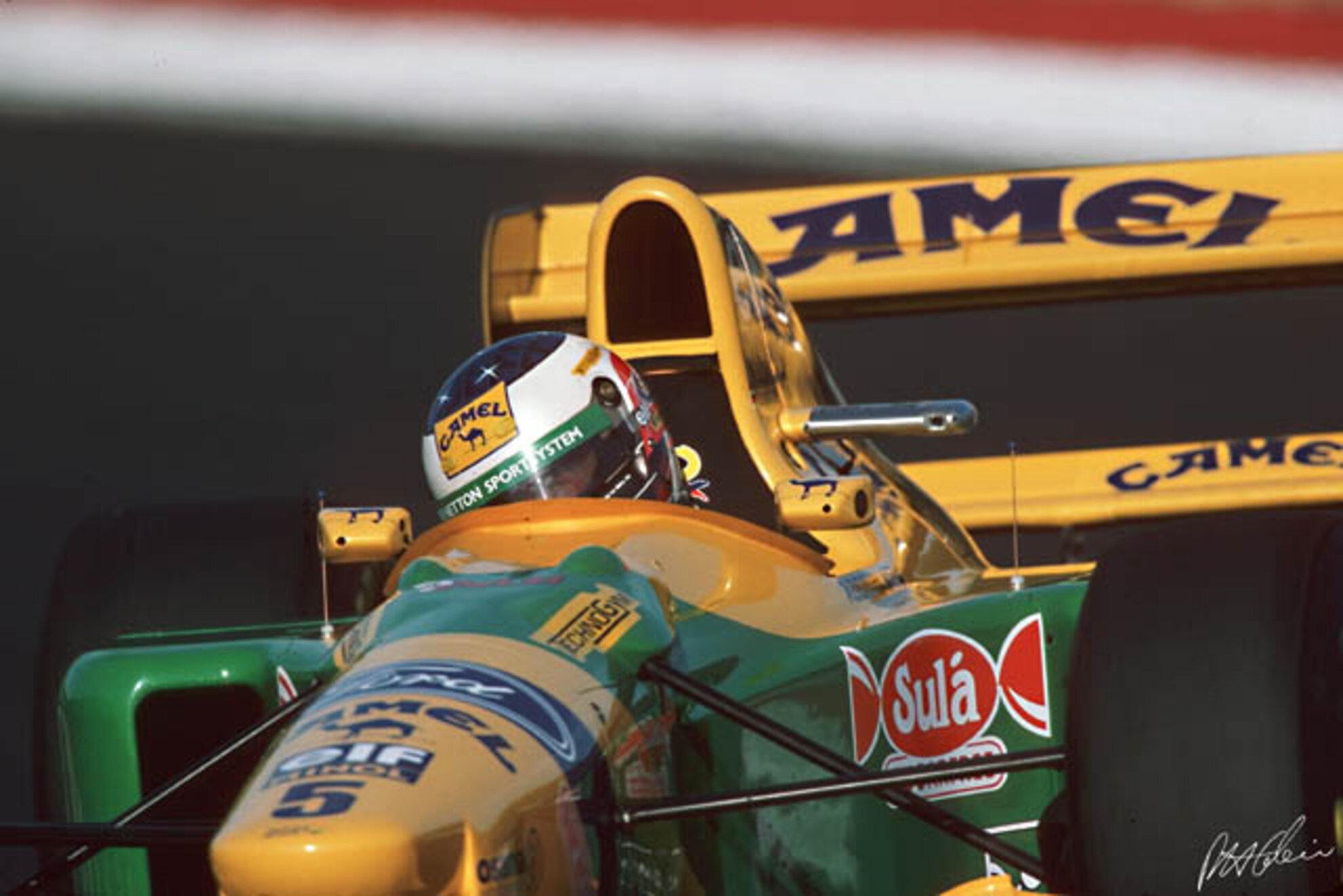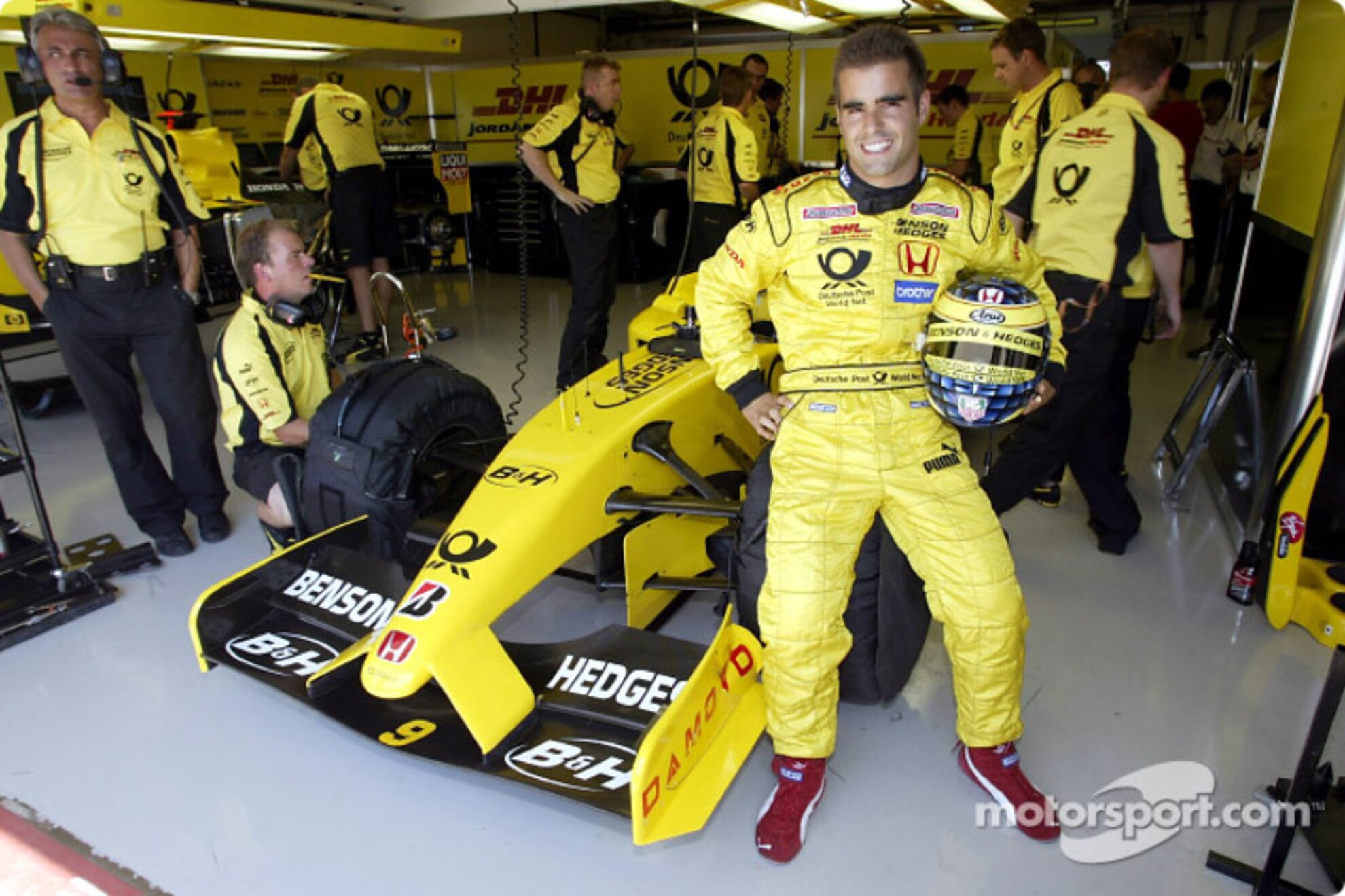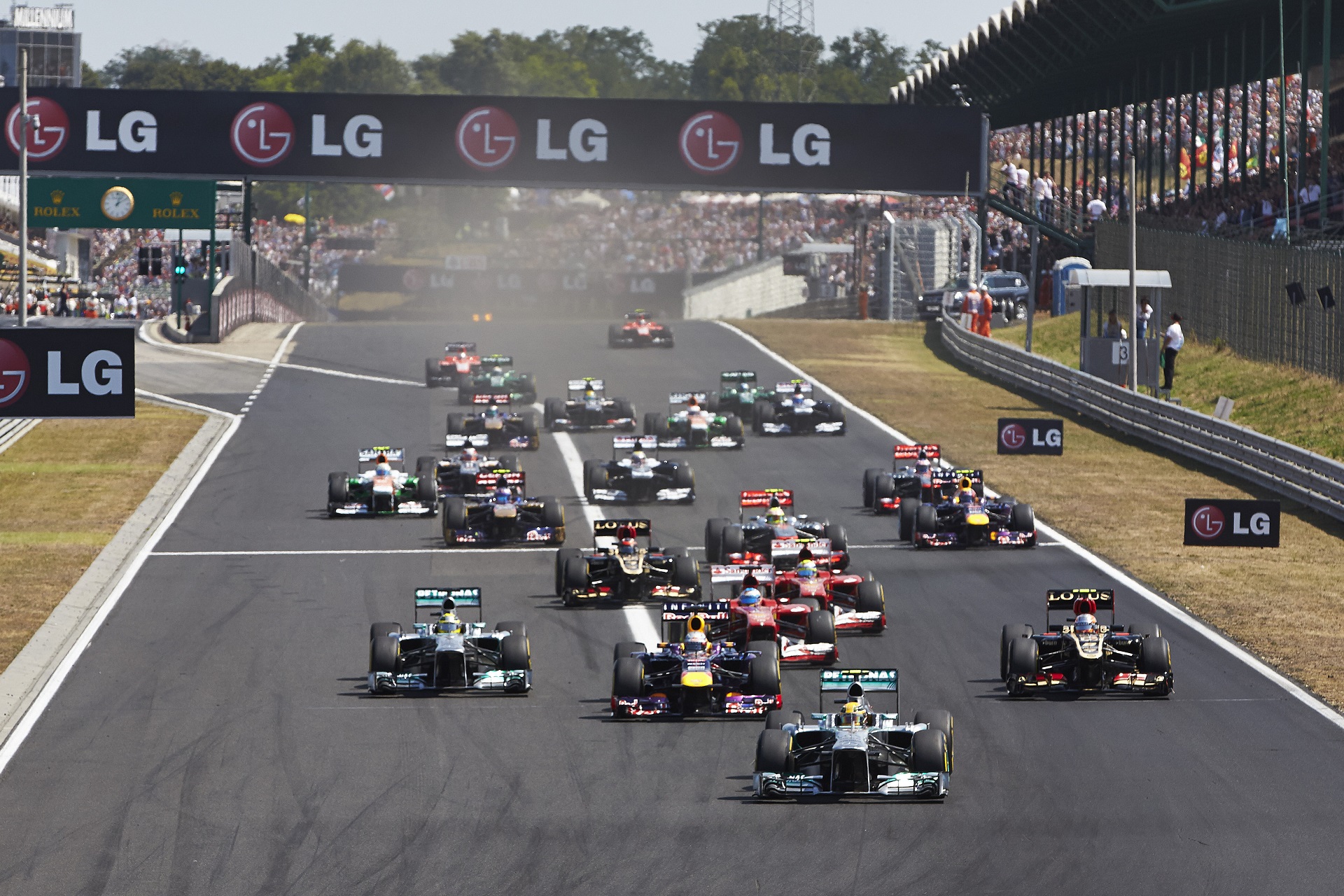Located just outside of Budapest, the world-class Hungaroring track was the first Formula 1 course in Eastern Europe, built during Hungary’s era under Soviet control – meaning that this raceway was destined to be historic even before the first car drove onto the tarmac. Beginning with Brazil’s Nelson Piquet in 1986, famous drivers that triumphed here include Nigel Mansell, Michael Schumacher, Lewis Hamilton, and Australia’s Daniel Ricciardo in last year’s race. We share some memorable stories of the Formula 1 Hungarian Grand Prix at Hungaroring.
Surprising as it might sound, when Formula 1 management decided to establish a circuit race in Hungary during the mid-1980s as a way of expanding the sport beyond the Iron Curtain, some possible locations for the track included two major Budapest parks – Népliget and Városliget. In the end, it took only eight months to build the Hungaroring course (see our feature on the circuit here) in place of a potato farm in Mogyoród, a town found just outside of Pest’s northern boundary.
The 1986 Hungarian Grand Prix was the first Formula 1 race in Eastern Europe, and at least 200,000 onlookers cheered from the stands
as Nelson Piquet won the 76-lap race in front of AyrtonSenna and NigelMansell. The initial impressions were varied: while Senna and Mansell spoke highly of the track, others claimed it was slow and demanding.

A year later, Piquet doubled up with another win, but the second Hungarian Grand Prix held several other surprises as well: a little before the end of the race, Mansell lost a wheel nut and thus a wheel in turn four
(which was later named after him), and Ayrton Senna announced that he was leaving Lotust for McLaren. The first time the legendary Brazilian driver
stepped atop the Hungarian podium was in 1988, owing partly to the fact that his main rival, Mansell, had to give up the race due to exhaustion caused by
chickenpox. The moustachioed Brit
performed one of the most memorable passing maneuvers of Hungaroring history
in 1989.

Senna grabbed the win in 1991 and 1992, but had to bow out in the 17th lap in 1993 due to a mechanical failure – from which Britain’s Damon Hill benefited the most, going on to take his first victory. A year later, the audience witnessed Michael Schumacher's first win on the Hungarian track, which was later repeated on multiple occasions.
1996 and 1997 saw Jacques Villeneuve and team Williams-Renault triumph. In the latter year, Damon Hill held first position by 33 seconds until the final laps, when the failure of his car’s hydraulic system ate up his advantage in a jiffy, allowing the Canadian driver to pass him for
the victory.
A year later, the audience went wild after Michael Schumacher's ingenious three-pit-stop tactical win, causing the only infraction
in the history of
Hungaroring
when the crowd flooded onto the track, resulting in a 250,000 USD fine for the event planners. The first Hungarian Grand Prix of the 2000s is remembered for the spectacular, 3rd-to-1st start by
Mika Häkkinen
– the Finn driver went on to win the race afterwards. In 2001, all eyes were on Schumacher again: the German driver
took his 51st victory in Hungary, ultimately securing his championship title.

2003 brought a few novelties
to
the racetrack: thanks to modifications, the race was shortened
to 70 laps, and Hungarians could finally cheer for a compatriot. During practice, Ralph Firman suffered an unlucky crash, due to which the Hungarian-native
test driver of Jordan, Zsolt Baumgartner, replaced him for the race, making his
Formula 1
debut in front of a home crowd. He came in second-to-last because of
an engine failure in the 34th lap. This race also marked the unusual occassion where five-time world champion Schumacher only clinched 8th place
and
was lapped – by a certain Fernando Alonso.
The next memorable moment was the crash of Christian Klien in 2005, from
which he emerged
unharmed. The Red Bull driver’s car made contact with the back wheel of
Villeneuve
right at the first corner after the start, sending the Austrian into a barrel roll. This was the first time that the Grand Prix was held at the end of July instead of August.
The 2006 Hungarian Grand Prix was dubbed as best race of the century so far by the press. This was the first-ever Hungarian Grand Prix held in wet conditions, resulting in several spectacular crashes. Finnish driver Kimi Räikkönen ran into
Liuzzi
and everyone in the proximity was also taken out, while Alonso pitted from leading position and lost a wheel, subsequently losing control of his car. With two laps to go, Heidfeld was trying to pass Schumacher before
the two banged wheels and dropped out of the race. Only eight
drivers finished the race, but since Poland’s
RobertKubica was later disqualified (in what
was his first-ever Formula 1
race), in the end Schumacher also got a point. The Grand Prix of Chaos was won by Jenson Button.
In 2007, Hungaroring witnessed a bout of teammate rivalry that plagues Formula 1 ever so often. The young Brit Lewis Hamilton defied team orders and did not let his teammate Alonso pass him. In response, McLaren boss Ron Dennis made the Spaniard hold up Hamilton on his fast lap. The stewards punished Alonso by dropping him five places down the grid, and McLaren was deprived from all points earned on Hungaroring.
A year later, Ferrari fans mourned for Felipe Massa, since the Brazilian driver was denied his win (and the first position in the Drivers' Championship standings) by an unexpected engine failure with only
three laps to go. The next Hungarian Grand Prix was again an unlucky one for Massa: during the qualifying session, he was struck in the head by debris from another car and suffered a skull fracture. He had to undergo surgery on the same day in Budapest, and hence sit out the rest of the racing year.
The 25th Hungarian Grand Prix was celebrated with a 1,000-slice cake, while Australia’s
Mark Webber celebrated his first ever Hungaroring win with the traditional champagne shower. He benefited greatly from the penalty awarded to SebastianVettel, who lagged too far behind his teammate while the safety car was on the track. The 26th Hungarian Grand Prix broke the record of most pit stops (85), and Jenson Button commemorated his 200th race with a win.

Two years ago, Formula 1 honcho
Bernie Ecclestone and Hungarian Minister for National Development LászlónéNémeth signed an agreement securing the place of the Hungarian Grand Prix in the circuit
calendar until 2021. The year’s Grand Prix was struck by 36°C (96.8°F) heat, affecting both the drivers and the cars: many gave up on account of the extreme conditions. 2013’s winner, Lewis Hamilton, ran a blazing race last year as well: his car went up in flames during qualifying, so he did not have a clocked lap. After the necessary overhaul, he had to start the race from the back row, and yet
he finished third behind Alonso and Australia’s
Daniel Ricciardo , who won his very first Hungarian Grand Prix.
All in all, the Hungarian Grand Prix is a must-see
event of motor-sports history where anything can happen,
and you can also be part of this experience during this year’s 30th-anniversary extravaganza at a favorable price: the three-day Formula 1 Student Pass (standing)
can be had for only 36 euros. Find out more here.




